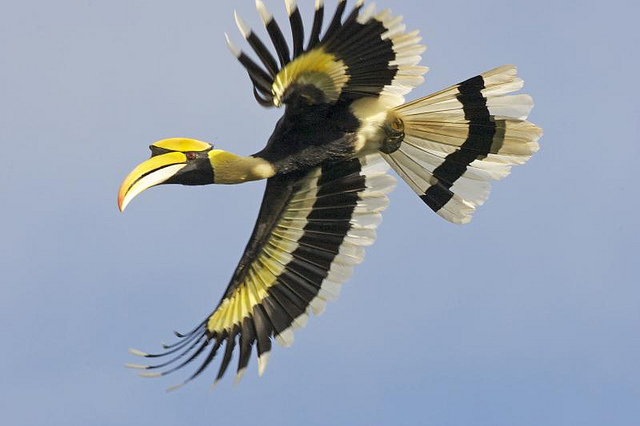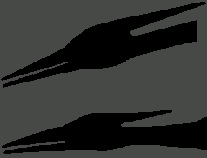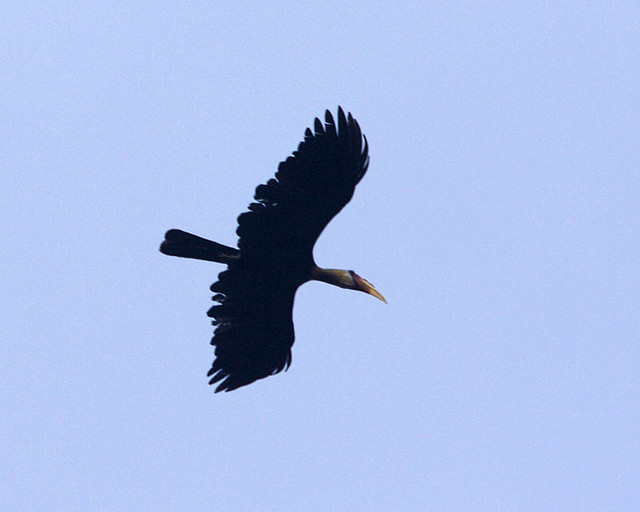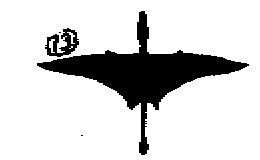Hornbill Birds and a Live Pterosaur
In a recent post, “Ropens, Pterosaurian Sightings And Manta Rays,” a skeptic of the possibility of living pterosaurs gave half a sentence to the subject of Hornbill birds as the cause of sighting reports of live pterosaurs (misidentification conjecture). The problem with that suggestion? Details in the sighting reports bear no resemblance to anything like a Hornbill.
Before getting into the appearance of hornbill birds, note the post on pterosaur bioluminescence, a response to the skeptics post on ropens and Manra rays.
I found a serious problem with the reasoning of that critic. What if it is true that “‘Spook lights’ otherwise occur world-wide without any connection to supposed pterosaurian sightings?” Does that really mean that we should dismiss all eyewitness accounts of apparent bioluminescent pterosaurs? That is what the critic believes. But when somebody, many years ago, decided to name a particular Ford automobile a “Mustang,” did that make all Mustang horses nonexistant? . . .
During my 2004 expedition on Umboi Island, Papua New Guinea, I interviewed many eyewitnesses. . . . I also interviewed Jonah Jim, and he witnessed, one night, a giant flying creature that was glowing as it flew nearly over his head. . . . two other American cryptozoologists [interviewed] . . . Jonathan Ragu [who had seen a glowing pterosaur flying in another part of Umboi Island].
Now to the appearance of the Hornbill bird:
[Photo by Lip Kee; Hornbill bird in Malasia]
The skeptic mentions both the 1944 sighting by Duane Hodgkinson and the 1971 sighting by Brian Hennessy. Look at the above photograph and consider the following descriptions of the flying creature seen by Hodgkinson (DH) and Hennessy (BH):
- DH: No feathers observed (BH said, “Not a feather in sight”)
- DH: Tail at least 10-15 feet long (BH said it was a long thin tail)
- Both said: Long pointed head crest coming out the back of the head
- DH: Wingspan similar to that of a Piper Tri-Pacer airplane
- BH said the beak and head were one structure
- Both said it was dark (not colored)
Now consider the sketch approved by Hodgkinson himself:
In the two sketches shown side-by-side, below, the head-sketch approved by Brian Hennessy is similar (top is Hennessy’s approval in the sketches below):
Look at another photo of a Hornbill bird (below):
[Another photograph by Lip Kee; a Hornbill bird in Malasia]
There’s a different angle, and an apparently darker color, but there are still many significant problems with trying to tie this into the Hodgkinson and Hennessy sightings. The above Hornbill has obvious primary feathers. The beak and head are clearly distinguished; it’s hard to imagine how they could be more distinguished from each other in this photo. The tail is not long-thin. And there is nothing like a long thin horn like appendage coming out the back of the head, pointed towards the trunk of the body.
Hodgkinson and his army buddy were in a small clearing, in 1944, when the “pterodactyl” the size of a Piper Tri-Pacer flew up into the air (obviously a short distance away for the men and flying creature were together in that small clearing). That alone, the description of a wingspan close to thirty feet when seen about a hundred feet away, can eliminate the Hornbill explanation. All the other differences are a confirmation that Hodgkinson saw nothing like a Hornbill.
So the skeptic is mistaken about Hodgkinson and Hennessy mistaking a Hornbill bird for a pterosaur. But what about other eyewitnesses, unnamed by the skeptic? What about the detailed survey form used in interviews conducted by Guessman and Woetzel on Umboi Island, Papua New Guinea, in 2004, in which the Sordes pilosus Rhamphorhynchoid pterosaur was chosen by eyewitnesses Jonah Jim and Jonathan Ragu? The skeptic seems fond of generalities rather than relevant details.
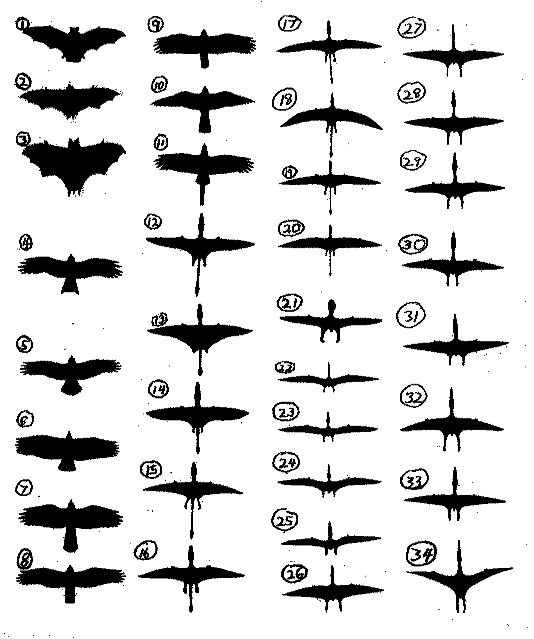
The Sordes pilosus, #13, was chosen, by both Jonah Jim and Jonathan Ragu, from among the many choices shown above.
Those islanders, who were eyewitnesses of the ropen, could have chosen one of the bird silhouettes, if they had actually seen a bird. Compare this image on the left, of the Sordes pilosus Rhamphorhynchoid pterosaur, with the previous photographs of Hornbill birds. That bird appears completely different. How easy it would have been for the eyewitnesses to have chosen one of those bird-images, but they did not. They saw something very different from any bird, for the ropen of Umboi Island differs greatly from any bird or bat.
What about the details in the testimony by the eyewitness Gideon Koro, whom I interviewed in 2004? He and his six friends were terrified at the giant ropen that flew over Lake Pung. He described a creature with a tail that was “seven meter” long, a creature with no feathers but a mouth “like a crocodile.” Those seven teenagers did not run home in terror because they had seen a common bird flying over a lake.
In addition, the Hornbill (to the best of my knowledge) does not glow brightly as it flies at night. It also does not dig up the body of an adult human and carry that native’s body up to a mountain to feed on human flesh. No, the Hornbill is not the same thing as the ropen, also known as “indava,” “seklo-bali,” “kor,” and “duwas.” Modern living pterosaurs are not birds.
Manta Rays or Modern Pterosaurs?
He mentions “broad diamond-shaped wings,” as if eyewitnesses have reported that feature. I don’t recall even one eyewitness using the word “diamond” when referring to wings. Many sighting reports (in which a tail is mentioned) include the word “diamond” or “triangle” (or a similar word) when referring to the END OF THE TAIL. That in itself eliminates the Manta ray fish from consideration.
_________________________________________________________________
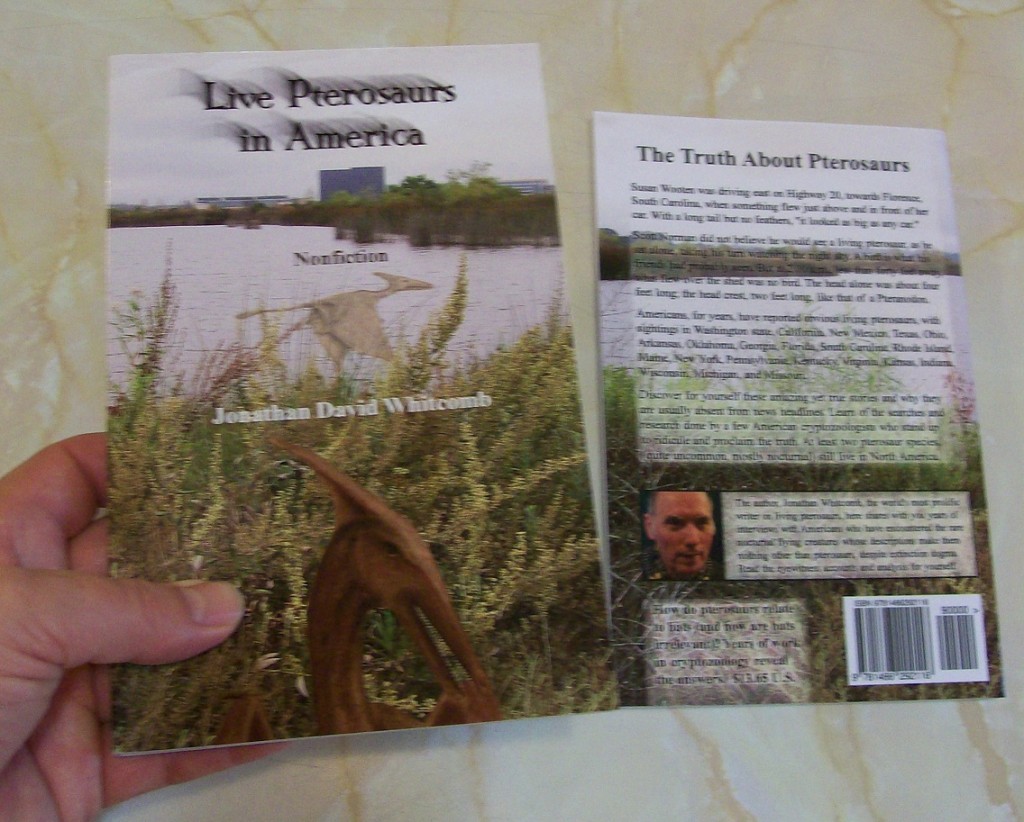
From the Introduction in the nonfiction cryptozoology book Live Pterosaurs in America (third edition):
During those years of expeditions in the southwest Pacific, reports in our own country became impossible to ignore; I received many emails from eyewitnesses across the United States, and the reports kept coming in. Pterosaur-like creatures are not all confined to the tropics. As we began to listen to those Americans, we noticed report-similarities: long tails (often) and apparent bioluminescence (sometimes). We began to believe.
